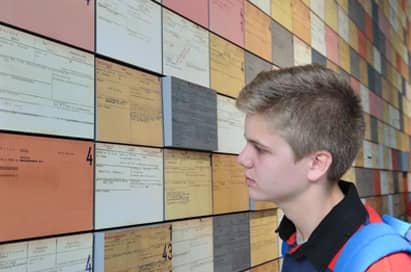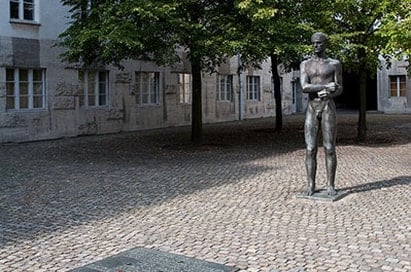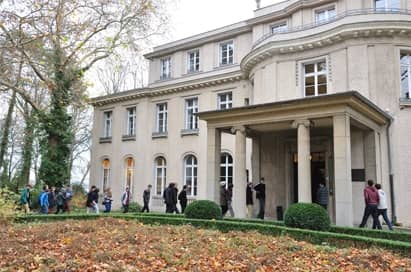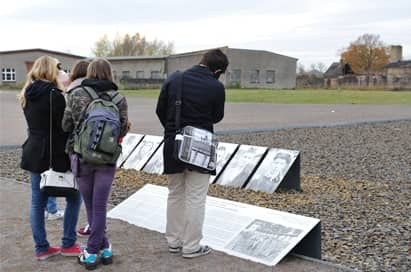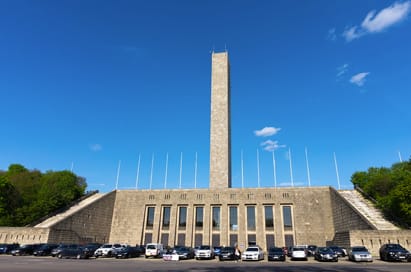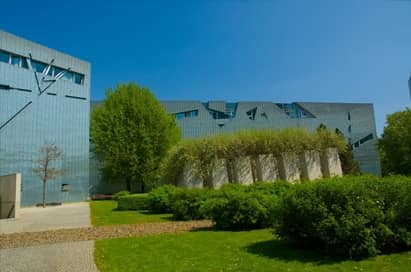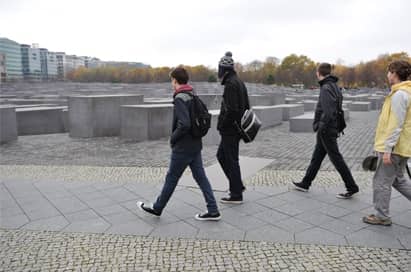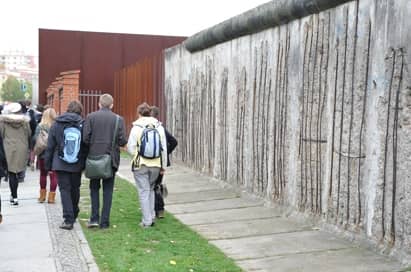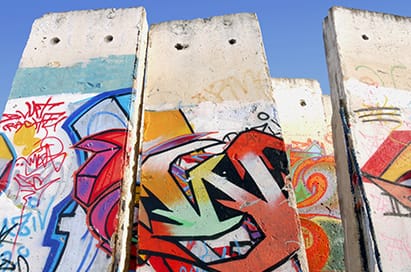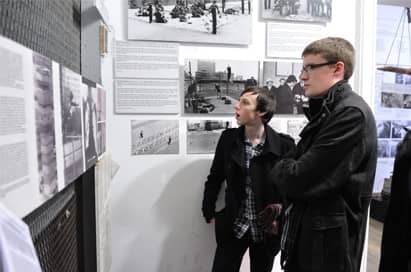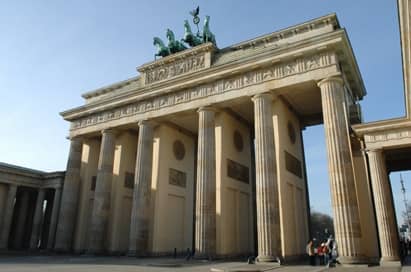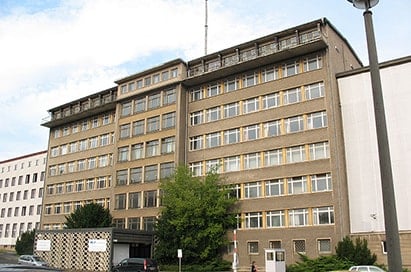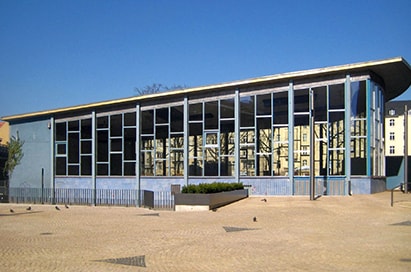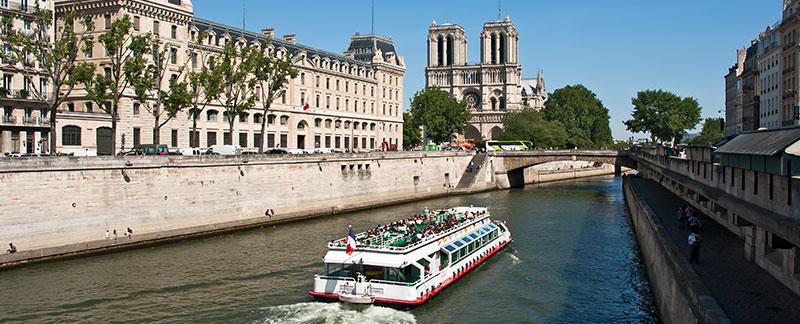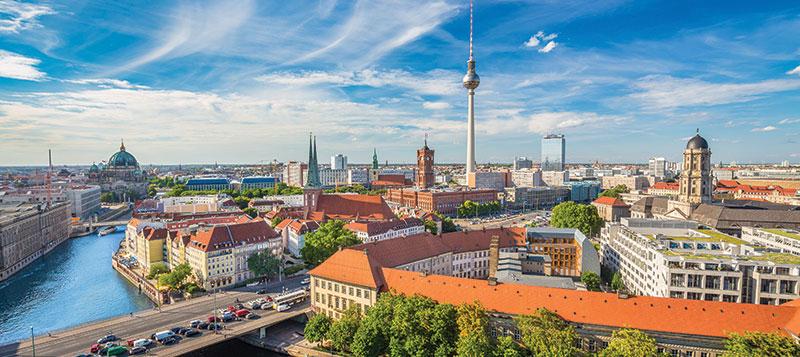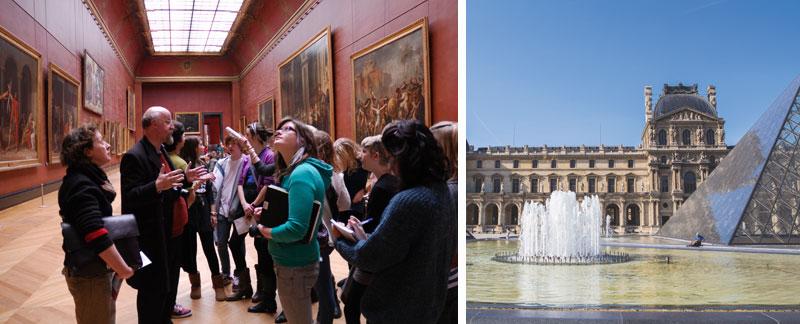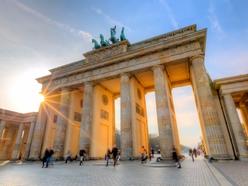Berlin is a Top Place to visit for a School History Trip
For students of 20th Century history Berlin is the perfect destination. Whichever period you are studying the city will have played a key part in the events of the time and the scars are often still visible. Whether it be as the seat of the Weimar Republic, where the "Final Solution" was passed or partition and the front line of the cold war, students will gain a greater understanding of the key role Berlin has played in world history and equally a sense of its resilience and ability to continually reinvent itself.
Here are our recommendations of places to visit for a school history trip:
A good place to start is the German Historical Museum which covers eight different periods and 2000 years of German history. The Museum is located in two architecturally stunning buildings: the Zeughaus (Armoury) is the most important preserved Baroque building in Berlin, and I.M. Pei designed a highly modern building immediately behind it. There are over 7,000 unique pieces which bring the past to life and illustrate events using multimedia stations and educational offerings.
1918-1945 Period
Berlins’s ‘Unterwelten’ Museum exposes the ‘underworld’ of Berlin, which below street level is riddled with holes. The exhibition is informative about the history of this subterranean viewpoint, the bunker systems in Berlins subway system, recovered bombs and ammunition stores along with many other uncovered secret elements of the tunnels.
Where the headquarters of the dreaded Gestapo once stood is the ‘Topography of Terror’ exhibition which documents the history of the institution’s terror. A second permanent exhibition focuses on the role Berlin plated as the capital of the ‘Third Reich”.
The German Resistance Memorial Centre is a site of remembrance, political studies, active learning, documentation and research. The Centre’s goal is to show how individual persons and groups took action against the National Socialist Dictatorship from 1933 to 1945.
The Wannsee Conference Memorial House is where the grisly plans for the Final Solution were drawn up which consisted of organising the deportation and murder of European Jews in the occupied areas of Poland and Eastern Europe. A memorial site opened following the 50th anniversary of the conference in 1992.
The Sachsenhausen Concentration Camp has been preserved a living memory to the events that happened there, and the two remaining barracks are now a museum, a memorial hall and cinema where a film about the history of the camp is shown.
The 1936 Olympics held in Berlin and were known as ‘Hitler’s Games’ and used as a status symbol to demonstrate the power and athleticism of the German people. The Olympic Stadium is a great historical attraction as it is historically and architecturally important to the third Reich era of German history during Hitler’s time in power.
The Jewish Museum Berlin presents the history of Jewish life in Germany from the middle ages until the present and the building was designed to resemble a shattered Star of David.
The 4.7-acre Holocaust Memorial site is covered with 2711 concrete slabs paying tribute to the Jews lost in the holocaust and is an emotional and imposing addition to the landscape of central Berlin.
Cold War Period
The Berlin Wall Memorial and Documentation Centre shows the 1961 history of the Wall’s construction and the Circumstances of the divided city and contains the last piece of the Berlin Wall preserved within its original grounds at Bernauer Strasse, an area situated at the border between East and West and hence a focal point of German post-war history.
The Berlin Wall Panorama by Asisi offers a visualisation of how mundane and gruesome, living in the shadow of the Wall was. Viewed from a 4-metre-high platform you are immersed in scenes and stories of people going about their everyday lives in the divided Berlin of the 1980s.
Checkpoint Charlie was the best-known border crossing of the division of the Berlin Wall during the Cold War and the museum shows a comprehensive range of objects and tools people used in their escape out from East Germany.
The Brandenburg Gate stands as a symbol of both the city's tumultuous past and the present unity. Formerly used to represent the separation of the city between East and West Berlin, the Brandenburg Gate now represents the collapse of the Berlin Wall in 1989 and the subsequent rejoining of the East and West sides of the city.
The Stasi were the intelligence force of East Germany and the equivalent of the KGB and have been described as one of the most effective and repressive intelligence and secret police agencies to have ever existed. The Stasi Museum exhibits include the Stasi’s old offices and a variety of bugging devices used to spy on ordinary citizens.
The Stasi Prison was established by the Soviets as a detainment camp during the regime. After the closure of this camp in 1946, the cellar was converted into the main Soviet Secret Police for detention and interrogation in East Germany. The Stasi Prison museum aims to increase awareness of the methods and consequences of political persecution and suppression in the DDR. Former inmates, who provide first-hand details on prison conditions, usually lead tours of the prison and explain the interrogation methods employed during their incarceration.
Palace of Tears Museum and memorial was for so long the crossing point where East Germans said goodbye to visitors going back to West Germany. Like no other location, the pavilion serves as a reminder of the partition of Germany and of all the fates connected with it. Using films, original objects and documents the Palace of Tears portrays the human effect on of partition on the lives of everyday Germans
Inspired? A college or school trip to Berlin is also suitable for other subjects including Art & Design, Design & Technology, Business & Economics, Computer Science, Film & Media, Science, German Language, as well as a general Cultural & Enrichment tour.
Give us a call and start your journey to Berlin with European Study Tours today.

Price Match Guarantee
We GUARANTEE to match any LIKE-FOR-LIKE quote from another tour operator so you can be confident you're getting the best value for money.
We are here to ensure you and your students get the most out of your tour and we are confident that our prices are competitive without compromising on quality. If you have obtained an alternative quote from another tour operator our team would be delighted to discuss this with you.


